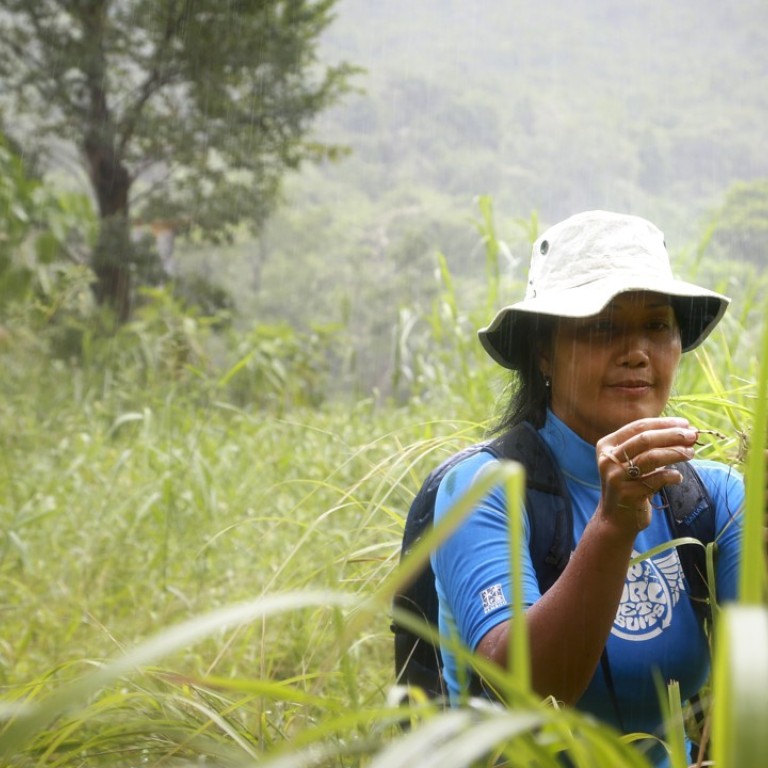
How to forage a feast in Hong Kong: nature’s larder on Lantau Island shaping menus of top restaurants
Forager Wanda Huang heads to the hills around Tai O to harvest the wild fruit and vegetables she supplies to city chefs
Wanda Huang cuts off a large purplish fruit and strips back the oval-shaped outer husk to reveal a bunch of delicate yellow flowers. It’s a banana blossom and it’s great for adding flavour to curries and salads, she says, before reaching up to grab some small green fruit from another tree. “These are Jamaican cherries,” she says, handing over a bunch. “They’re a bit green but when they turn pink, they are so sweet.”
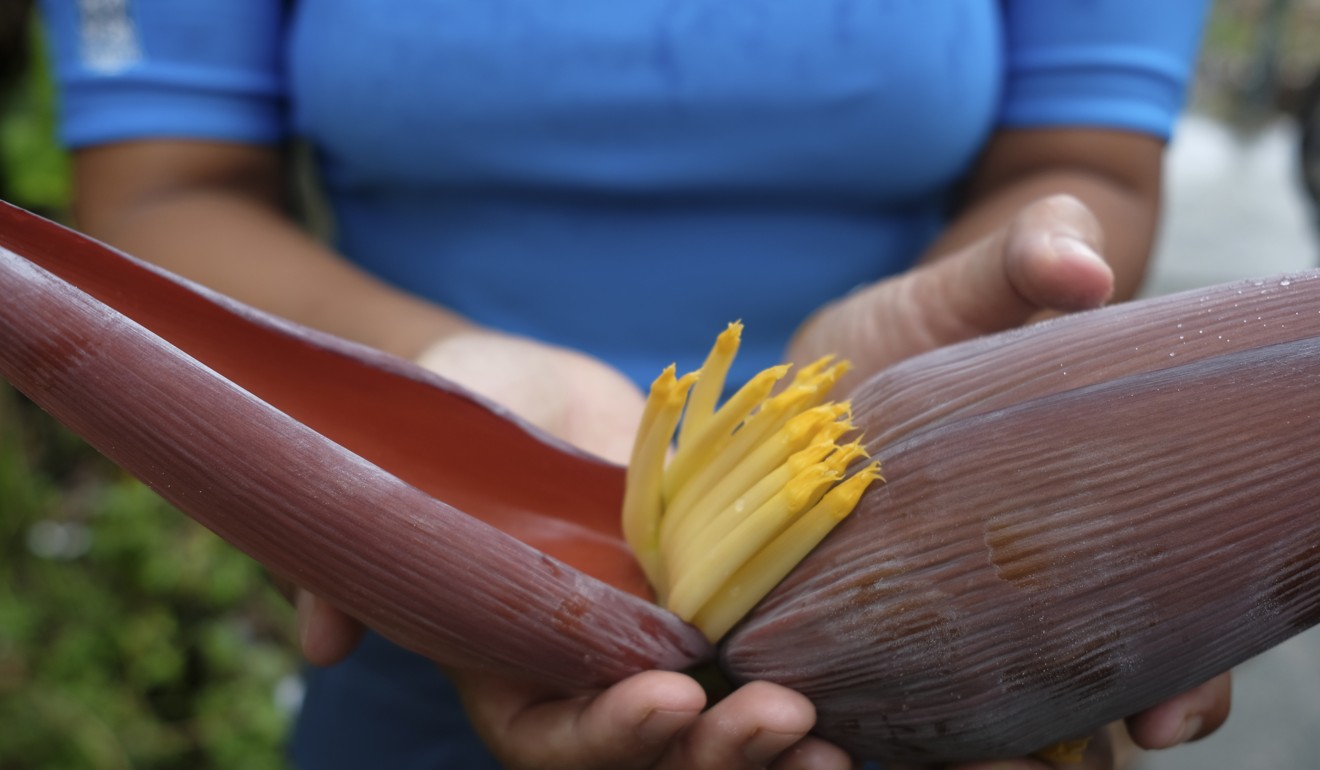
Huang is a forager and today we’re exploring the coastline around Tai O on Hong Kong’s Lantau Island. Joining the forage is American Don Trimble. He runs private kitchen Chomchomyomyom in Sheung Wan and is one of a handful of chefs in the city who incorporate Huang’s foraged ingredients into their dishes. Trimble’s philosophy of using seasonal ingredients in innovative ways aligns with the idea of foraging. The local ingredients often shape Trimble’s menu.
“If people could taste a plant that was just harvested, and compare that with a product that’s been out of the ground for three weeks and shipped through five countries to get here, well, they would change their mind. I like to share with my guests the joy of tasting that freshness,” he says.
Foraging is not new. Humans have roamed the earth for tens of thousands of years, gathering plants and hunting animals. Then, from about 12,000 years ago there was a shift from hunting and gathering to agriculture, which began independently in different areas around the world.
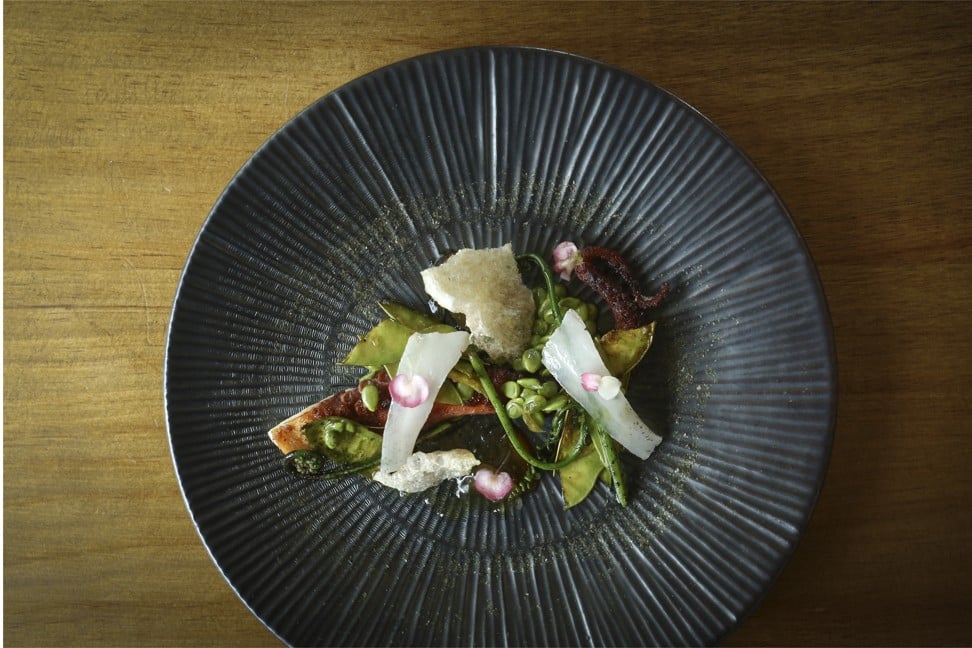
With an aim to leave the smallest carbon footprint possible, many people are now seeking to reconnect with nature and the land. Danish chef Rene Redzepi helped popularise the movement by adding wacky foraged foods to dishes at his two-Michelin star restaurant Noma.
For the foragers of Hong Kong, countryside is a veritable banquet
Foraging is slowly gaining popularity in Hong Kong, but Huang – whose roots are in Canada and whose father and grandfather were both traditional Chinese medicine practitioners – would love to see the city embrace it further so she could turn her “hobby” into a full-time job. (She currently works at A-Team Edventures, helping children connect with nature through educational programmes and activities.)
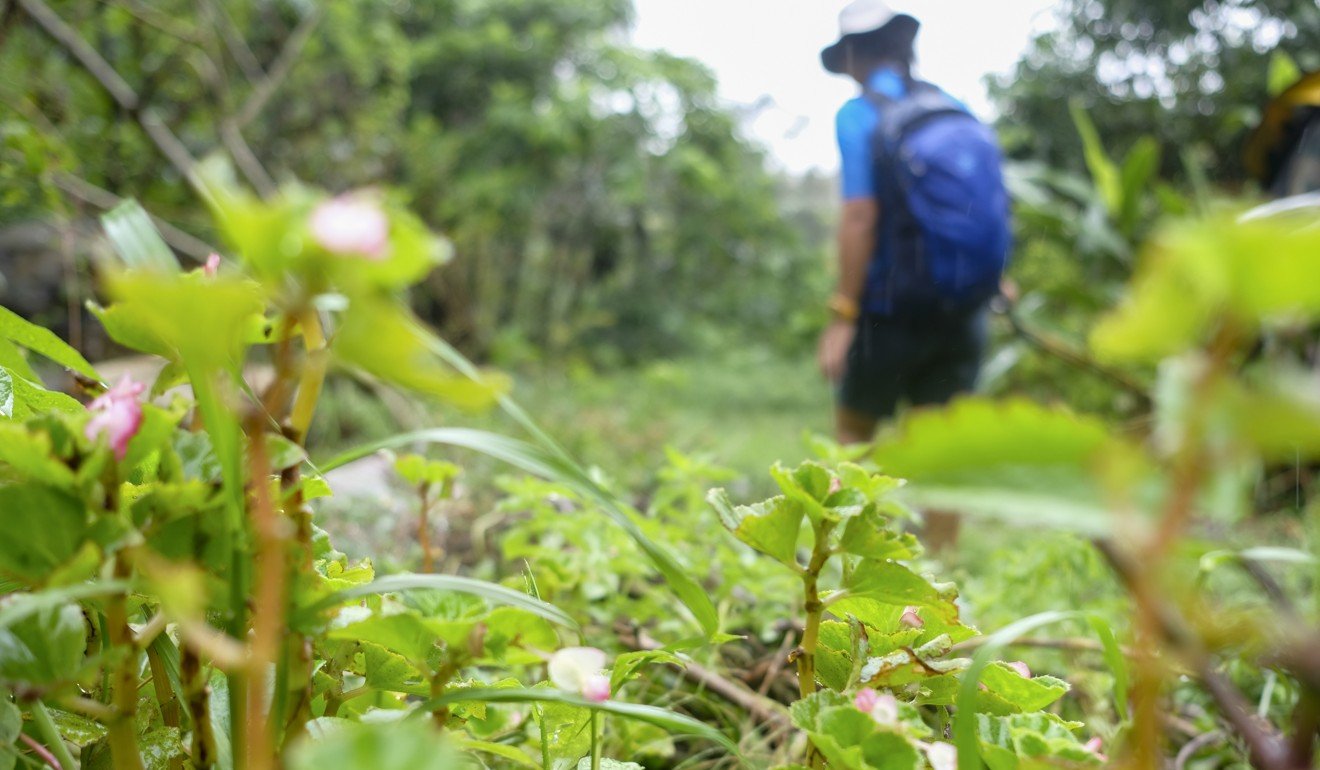
Huang says Hong Kong is a forager’s paradise: there’s plantain that’s perfect for tea and artillery clearweed that adds a crunch to salads, while bur marigold – “great for stir-fries with a flavour reminiscent of parsley” – grows everywhere. But caution is needed, not all plants are safe to eat.
About 90 per cent of my menu comprises of locally sourced ingredients.
“Don’t touch that,” says Huang. “It’s a rosary pea, one of Hong Kong’s deadliest plants. The red flowers look beautiful but it will kill you.”
The random placement of similar-looking edible plants next to those that kill is one of many occupational hazards for Huang. Others include bad weather and snakes, and we got both on the morning we ventured out, not to mention the typhoon that turned the path into a stream. A few minutes into our trek, a black-and-white striped snake slithers across our path. “It’s just a baby,” Huang says. I’m later told it’s a cobra. Mosquitoes add to the list of challenges.
Huang heads to the waterline, kneels and cuts off a small green plant poking its head out of the sand. “It’s sea asparagus ... taste it,” she says. It’s juicy, slightly waxy. A crunchy element to a summer salad springs to mind.
Huang is taking us to an abandoned village where there’s more variety. There’s wild rosemary, that is more intense and fragrant than any store-bought variety, growing next to a sprawling patch of Chinese mugwort. She tugs at a bunch of stubborn lemongrass and hands it to Trimble before reaching high for a papaya. Huang is in her element.
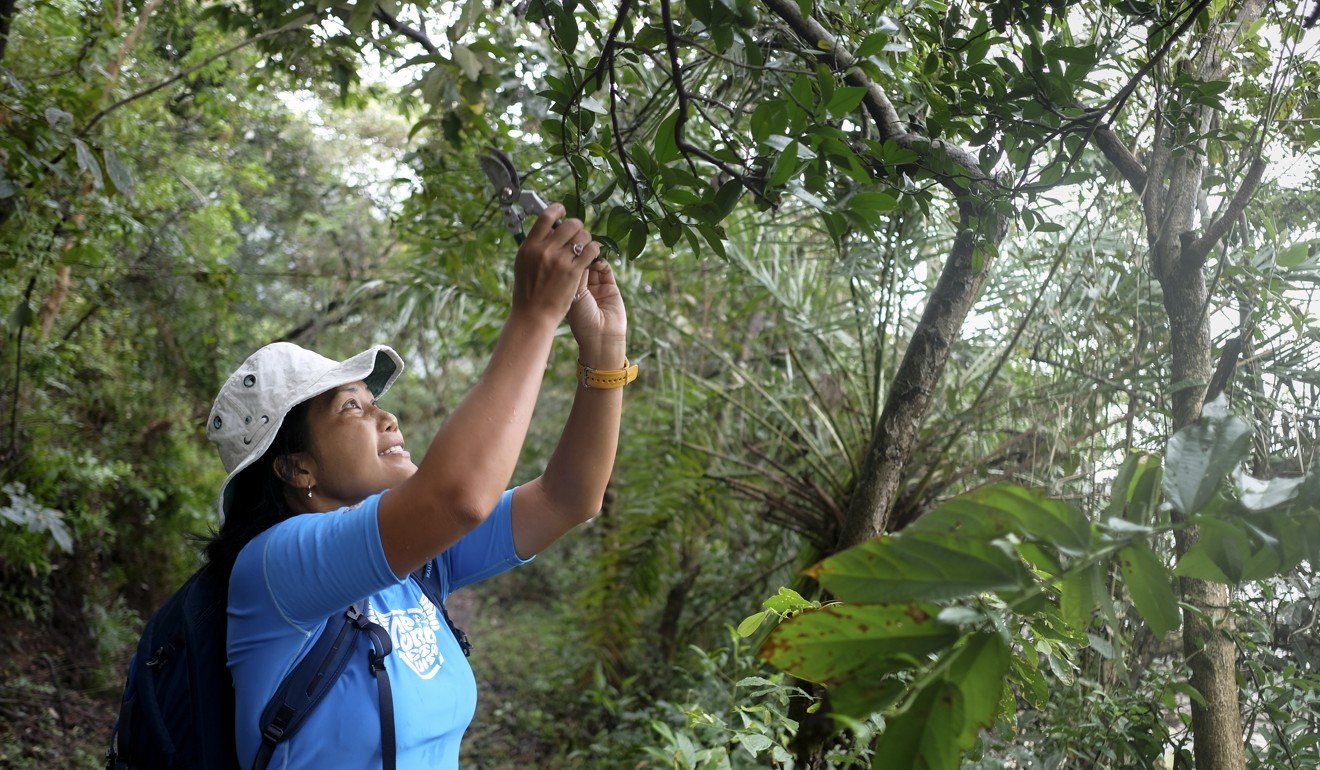
She picks a violet-coloured flower and pops it into my mouth. It’s called butterfly pea (Its Latin name is Clitoria ternatea because the flowers have a similar shape to female genitals). In Malay cooking, it’s used to colour glutinous rice, while in Thailand it’s used to make a syrupy blue drink called nam dok anchan. In Burmese cuisine, the flowers are dipped in batter and fried. It’s also used in Ayurvedic medicine with a long list of reputed benefits from improving memory to relieving stress.
Nearby is a pink flower – wild wax begonia blossom and buds. “This really pops in your mouth – it tastes like a little sour caper,” she says.
The foragers of Singapore: how to find edible plants growing wild and the foods and drinks to make from them
As well as being used in cooking, many of the plants have medicinal properties. “This plant,” she says, kneeling next a bush of Hedyotis diffusa (snake tongue grass), “has many reported medicinal properties with studies showing it can help inhibit and treat cancer, particularly leukaemia and breast cancer”.

Our next stop is a 20 square kilometre organic farm that makes sun-dried rice in Yi O. Trimble is excited. He loves discovering ingredients from small, independent operations. As we head to the farm’s shed, Huang suddenly stops, scanning the overgrown landscape. “The storm’s covered the entrance,” she says. Huang’s referring to the beginning of a path that she claims was part of the old Tea Horse Road (also known as the Southern Silk Road), a web of centuries-old paths connecting Southeast Asia to southwest China and Tibet. It was used to ferry horses and silver from Tibet to China in exchange for tea. Salt was also traded for tea and ivory for gold. Luckily, the route to the rest of the farm remained clear for us to continue on our foraging adventure.
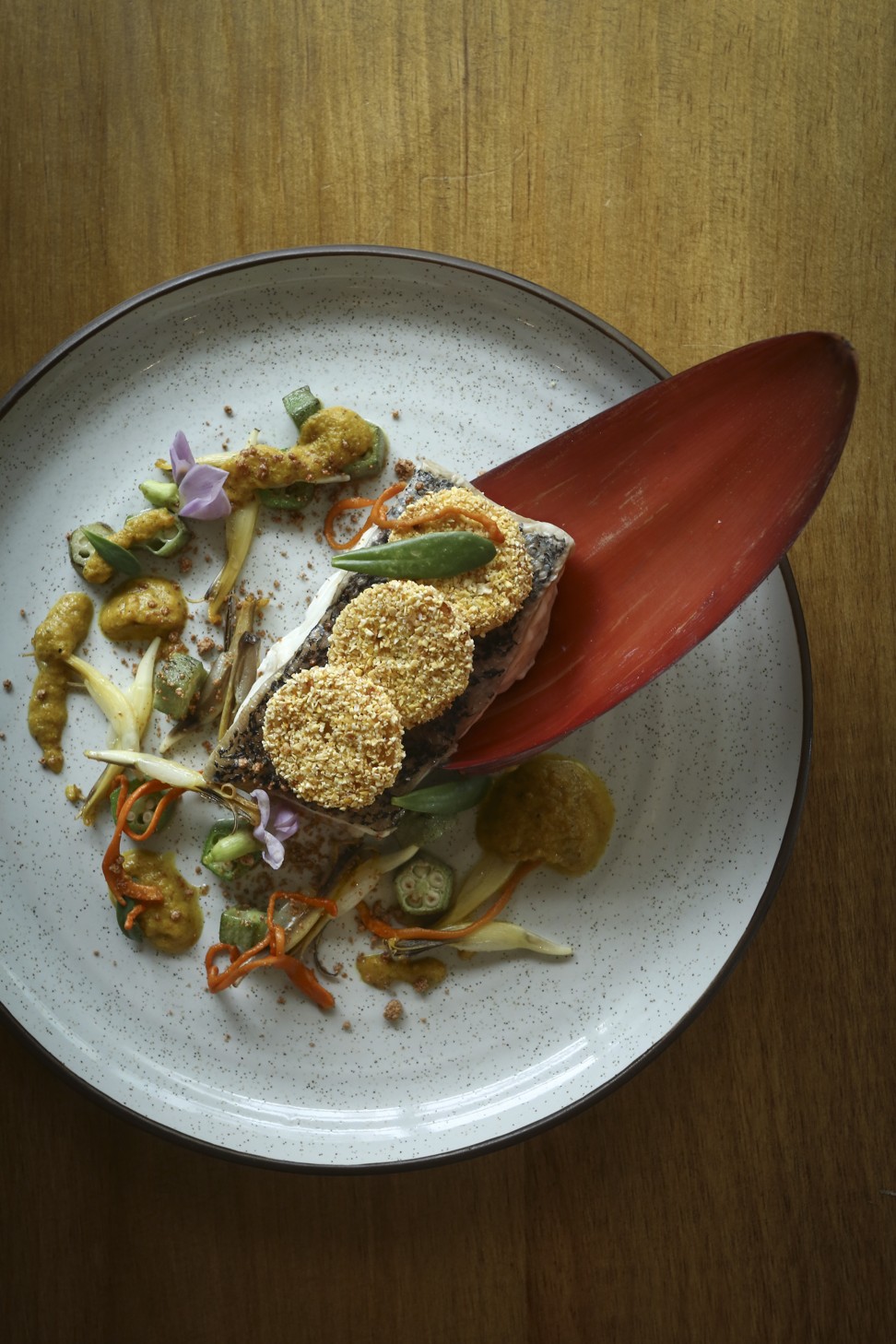
The next morning at Chomchomyomyom, the previous day’s bounty – wild ginger, lemongrass, banana flowers, mimosa beans, peppercorns, papaya, shiso, to name just a few of the 20 plants we gathered – are placed neatly on a table. “About 90 per cent of my menu comprises of locally sourced ingredients,” Trimble says, carefully placing wild ginger on a plate.
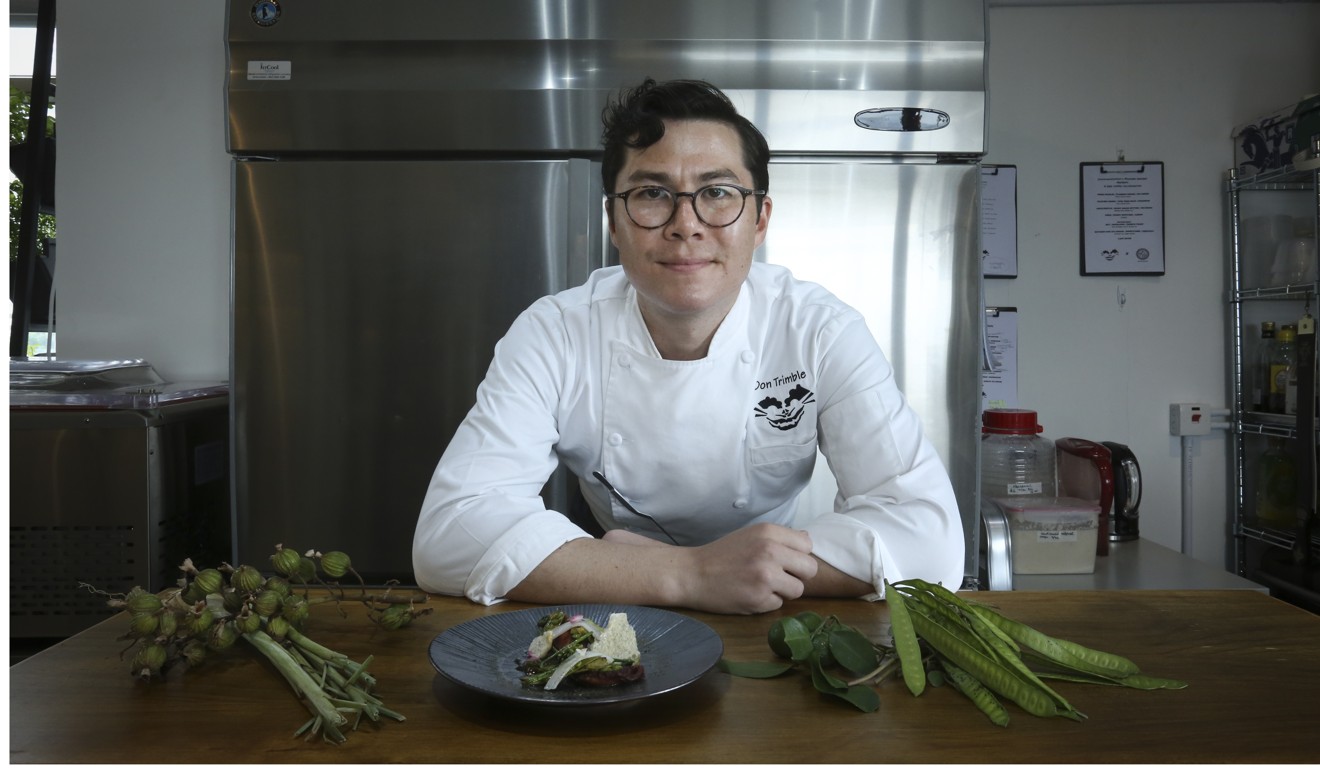
He’s excited about yesterday’s bounty, especially the “nutty flavoured” mimosa beans, wild ginger and Sichuan peppers that first numb the lips before leaving a tingling lemony aftertaste.
Fully prepped, Trimble hands me a notebook detailing today’s dishes and ingredients. The first is wild ginger leaf steamed grouper with banana flower, okra, chives, brown butter and sea asparagus. The only non-foraged element is the fish – that’s from a local supplier – and the okra’s sourced from the Happy Green Farm in Fanling. The other dish, tender braised octopus, includes the mimosa beans, pickled cordyceps, preserved lemons and puffed pork skin “for some [added] texture”.
The final dishes are elegant, refined and, most importantly, tasty.

20 items from Wanda Huang’s harvest
Here are some of the plants found on our day out foraging on Lantau. As common names may differ from region to region, Latin names are provided where possible.
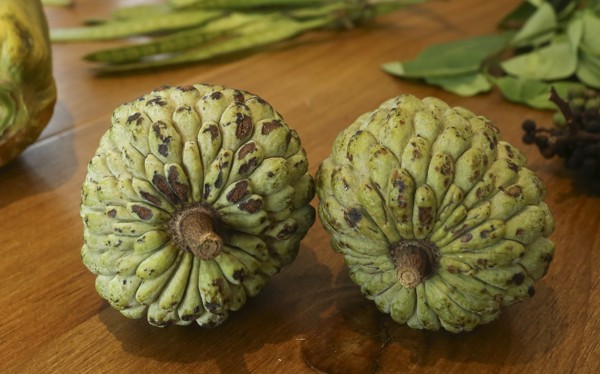
1. Custard apple; sugar apple (Annona squamosa)
Creamy custard-like centre with hints of pineapple and apple flavours. It is eaten fresh as a fruit.
2. Lemongrass (Cymbopogon schoenanthus)
As the name suggests, it has a strong citrus scent. Popular in Southeast Asian cooking, it’s used in curries, teas, soups, salads and sauces.
3. A local banana variety known as “big banana” in Chinese (Musa paradisiaca)
Sweet and slightly tart, firm in the centre. Although it looks like a plantain, it can be eaten raw.
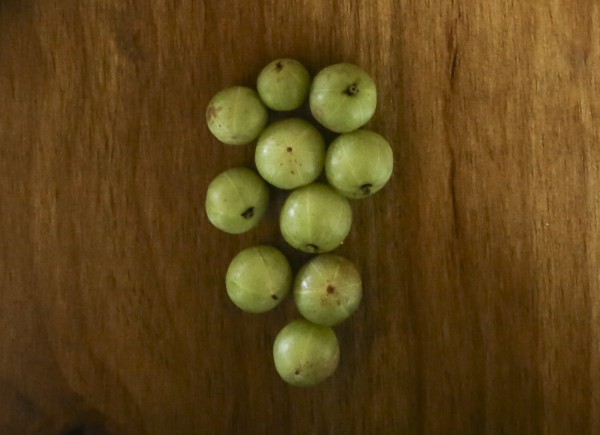
4. Indian gooseberry; myrobalan (Phyllanthus emblica)
Astringent at first, then bitter, salty and sweet. It can be pickled and used as flavouring in soup and stews.
5. Mimosa beans (Leucaena leucocephala)
Has the pungent smell of “stink beans”, nutty with a slight bitter after taste, popular in Southeast Asian cooking – good with curries, stir-fries and in soups.
6. Papaya (Carica papaya)
When ripe, eat as a fruit, when unripe, eaten as a vegetable – papaya salad, boiled in soup like a melon.
7. Green papaya (see above description)
8. Banana blossom
Slightly astringent with hints of unripe banana. After peeling away the outer husk, the flowers and heart can be used for curries, salads and soups.
9. Asian oregano or Cuban oregano (Plectranthus amboinicus)
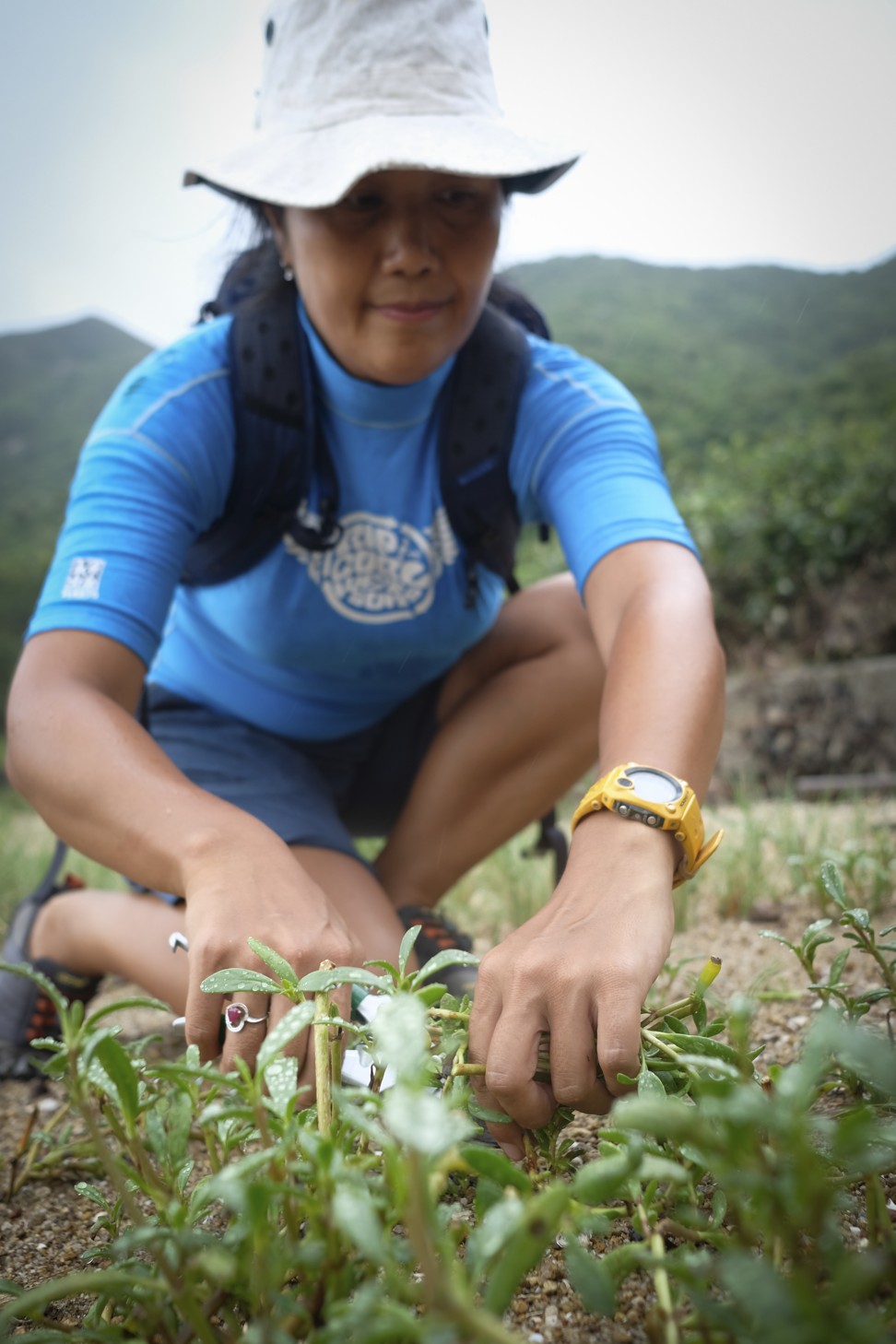
It has a pungent oregano scent. Used in Sri Lankan cooking to tenderise and flavour meats and in Indonesian cooking for soups. Used across Asia in teas for treatment of skin allergies to malarial fever.
10. Calamondin; calamansi (Citrus microcarpa bunge)
As a member of the citrus family, this little fruit has many uses. Its peel is highly aromatic but flesh very acidic. When pickled or salted it is used as a condiment with many Chinese dishes.
11. Tropical asparagus (Sauropus androgynus merr)
As the name suggests, tastes similar to asparagus, sweet and crisp, used in stir-fries and soups.

12. Chinese pepper; prickly ash (Zanthoxylum avicennae)
A range of flavours (peppery, salty, tongue numbing, sweet). Use as a condiment like you would peppercorns or Sichuan peppercorns.
13. Bur marigold (Bidens dipinnata)
Has a hint of parsley, good for stir-fries and omelettes.
14. No known common name in English (Dracontomelon dao Merr. et Rolfe)
Exhibits hints of green mango and passion fruit. This small fruit is pickled or salted and used as a condiment in many Chinese dishes or simply eaten as an appetiser.
15. Seaside purslane (Sesuvium portulacastrum)
Slightly salty with a slimy after taste (similar to okra). Can be used in soups, salads and stir-fries.
16. Shell ginger seeds; butterfly ginger seeds (Alpinia zerumbet)
Seeds can be crushed and used as spice/condiment or in soups – the scent is a mixture of nutmeg, almond and pepper. The leaves are highly fragrant – gingery with a hint of vanilla and are used as a wrap for steamed fish and sticky rice dumplings.
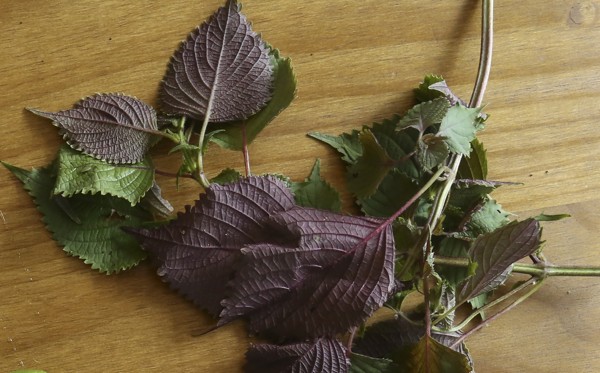
17. Perilla; Shiso (Perilla frutescens)
A spicy pungent herb used with steamed fish, stir-fried shell fish, pickled with kimchi in Korean food, and paired with sushi in Japanese cuisine.
18. Wild lime
Limes have a diverse genetic origin and tend to be crossbred in nature. Like key lime, this wild variety has an intense flavour, is seedier with a thin rind and turns yellow when ripe. Its usage is similar to calamondin to accent flavours of food and drinks.
19. Wild amaranth; Chinese spinach (Amaranthus viridis)
Good in stir-fries and soups, cook with it like you would spinach. Seeds have a nutty flavour.
20. Purslane (Portulaca oleracea)
As a succulent, its leaves are fleshy and juicy. It exhibits a slightly slimy aftertaste (similar to okra) when eaten raw in a salad. Can be stir-fried, pickled and cooked in soup.

